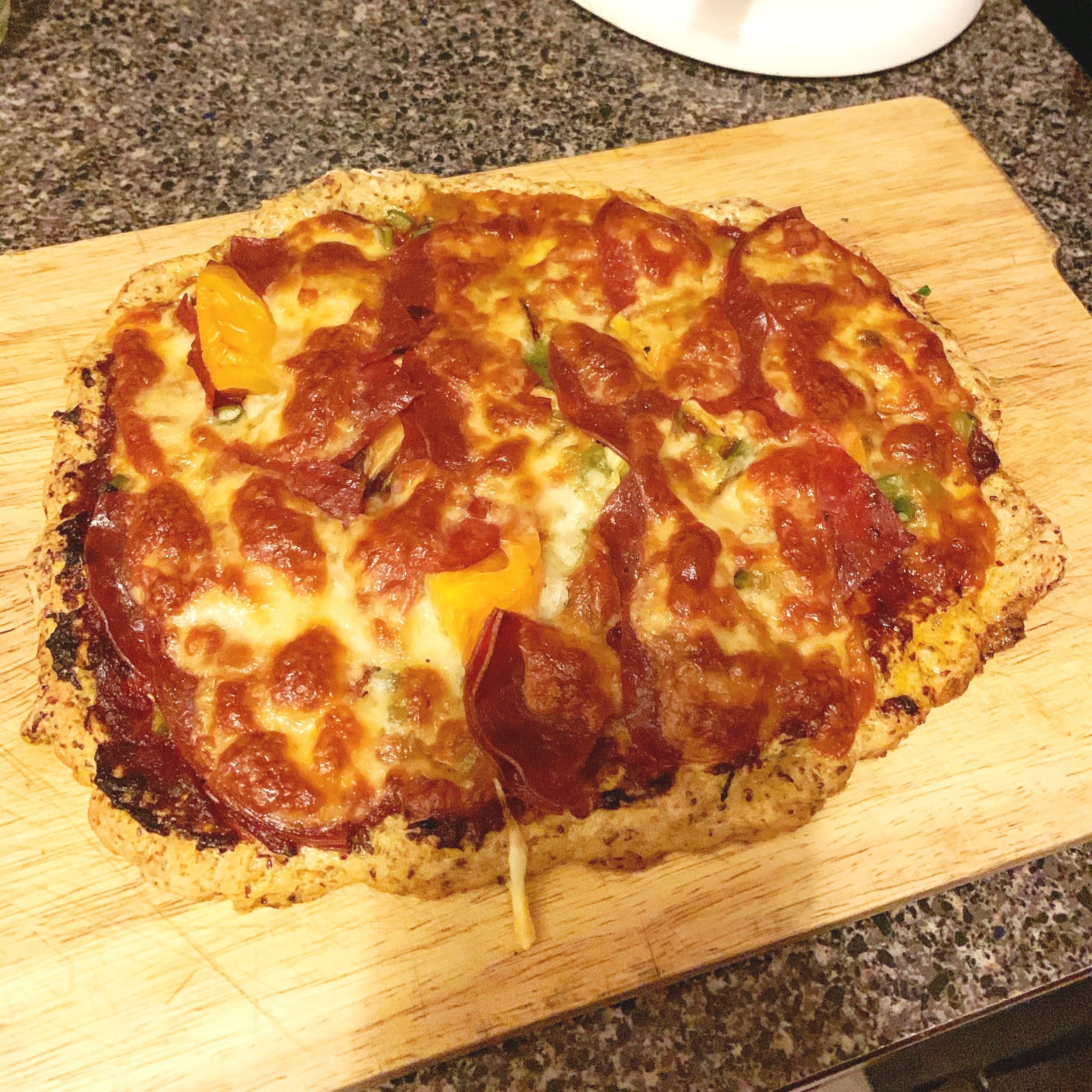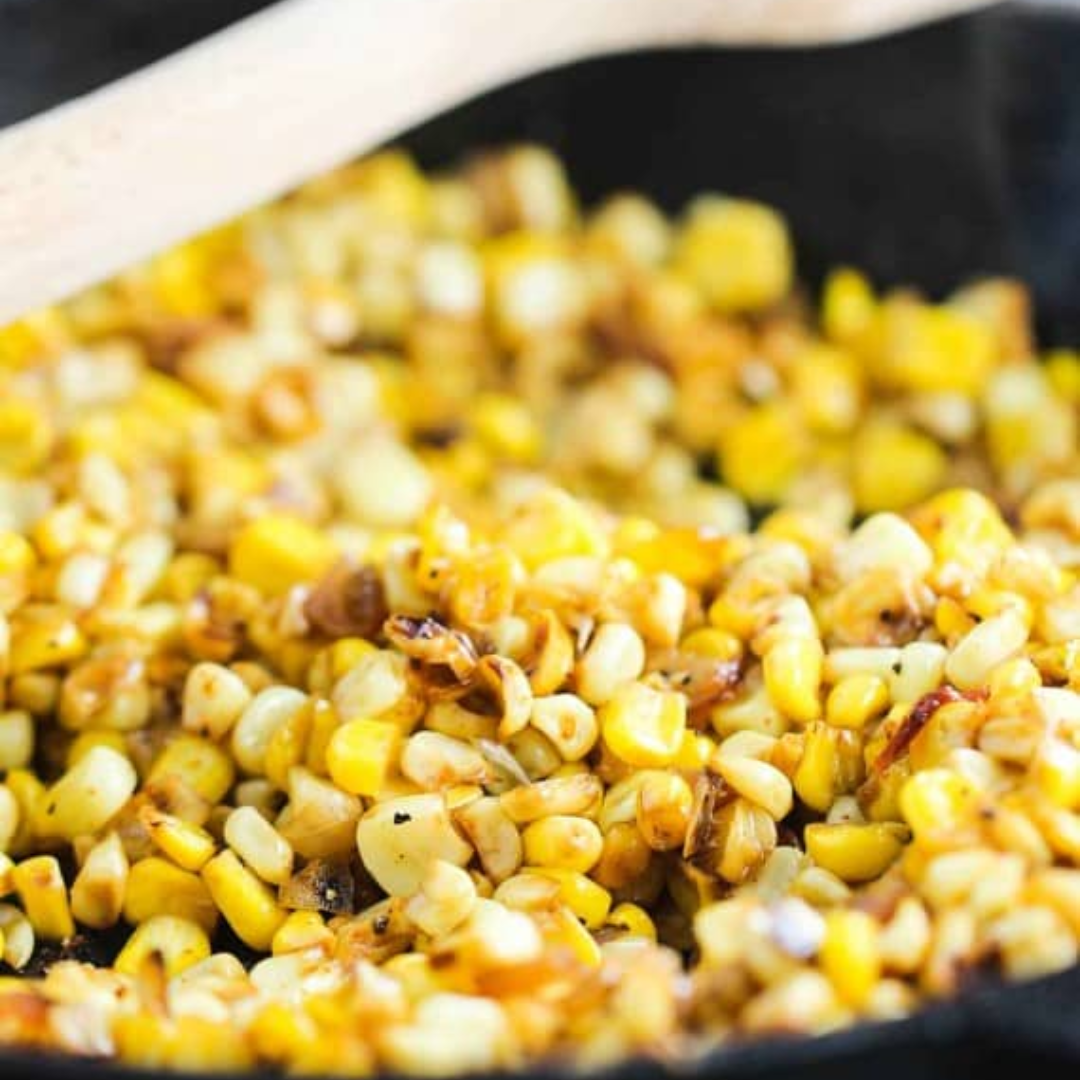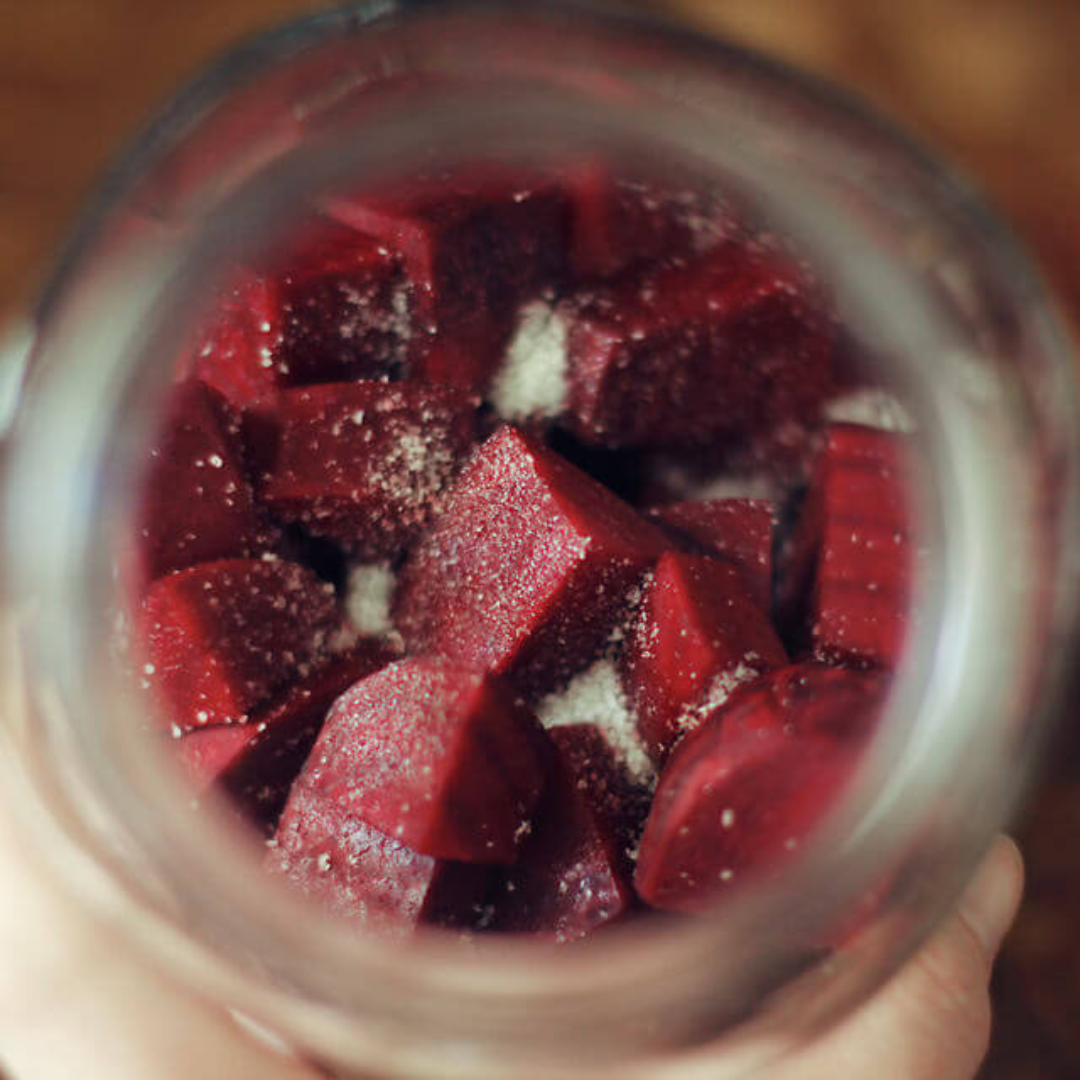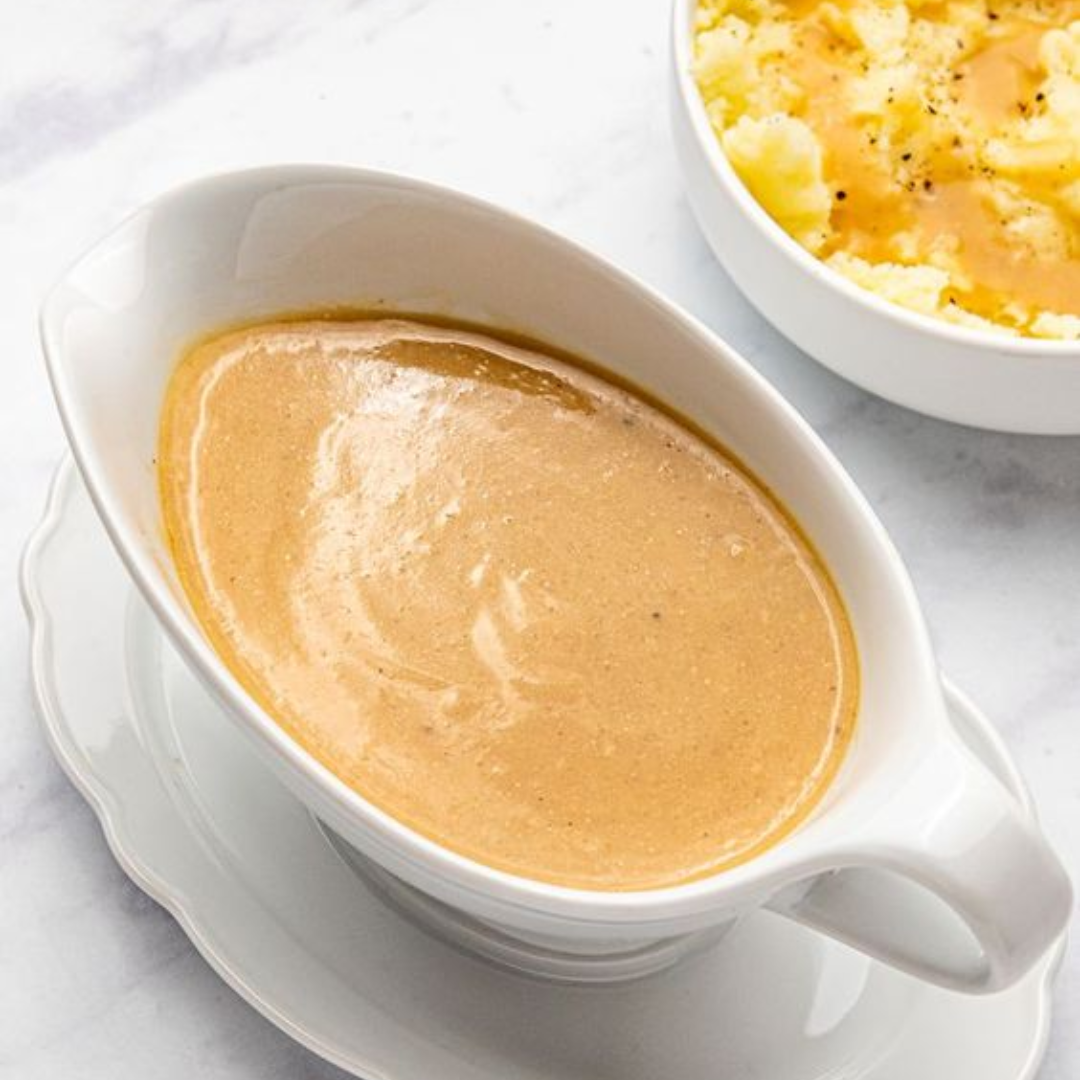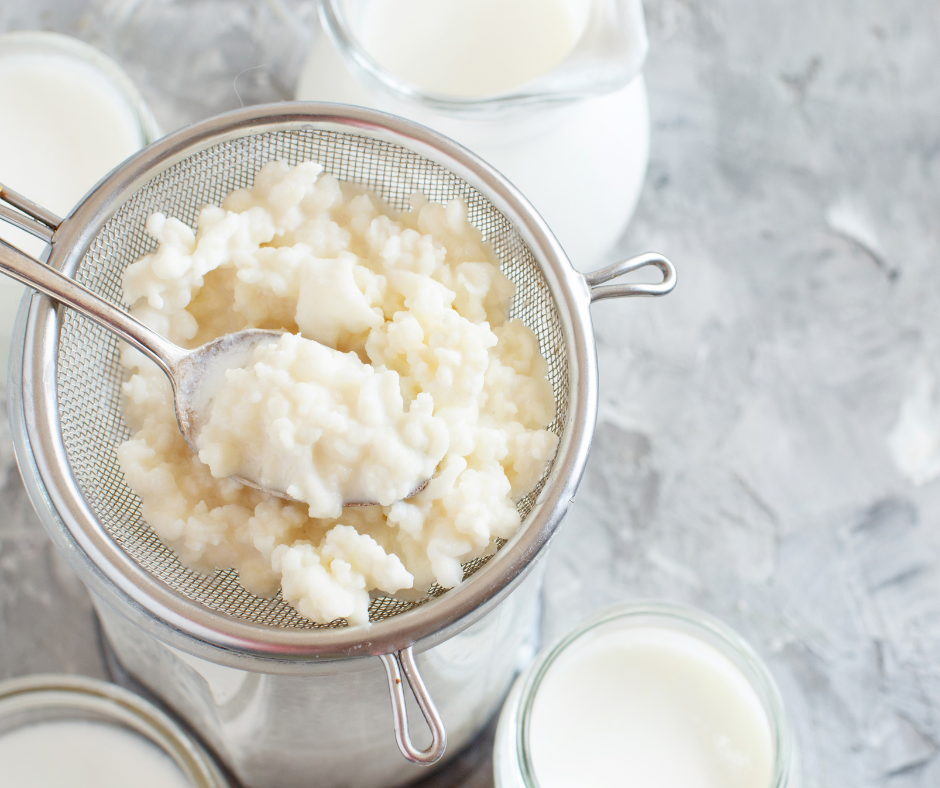Ingredients
1 head green cabbage, shredded (about 2 lbs)
1.5-2 tsp smoked bourbon salt
1 cup diced dill pickles
2 tbsp dill pickle juice
2 cloves garlic, minced
1 tbsp dill weed
Instructions
In a large bowl, toss the shredded cabbage with the smoked bourbon salt until well combined. Let sit for 30 minutes, stirring occasionally, until the cabbage starts to release liquid.
Transfer the salted cabbage to a 1 gallon fermentation crock or jar. Use a wooden spoon or tamper to press down on the cabbage, releasing more liquid. Continue this process until the liquid rises above the cabbage.
In a small bowl, mix together the diced pickles, pickle juice, garlic and dill weed. Pour this mixture over the top of the cabbage.
Place a weight, such as a smaller jar filled with water, on top of the cabbage to keep it submerged under the liquid. Cover the crock with a lid or cheesecloth.
Allow to ferment at room temperature for 4-6 weeks, checking periodically and skimming off any scum that forms on the surface. Once it reaches your desired flavor, transfer to cold storage.
The smoked bourbon salt flavor will mellow over time. Enjoy the kraut on sandwiches, burgers, hot dogs, or as a side dish.
The smoked bourbon salt provides the smoky, oaky, and subtly sweet flavor that would normally come from whiskey, without the alcohol content. This gives you all the flavor of whiskey kraut in a non-alcoholic version. Adjust the amount of salt to taste. Enjoy your homemade Whiskey Pickle Kraut!

